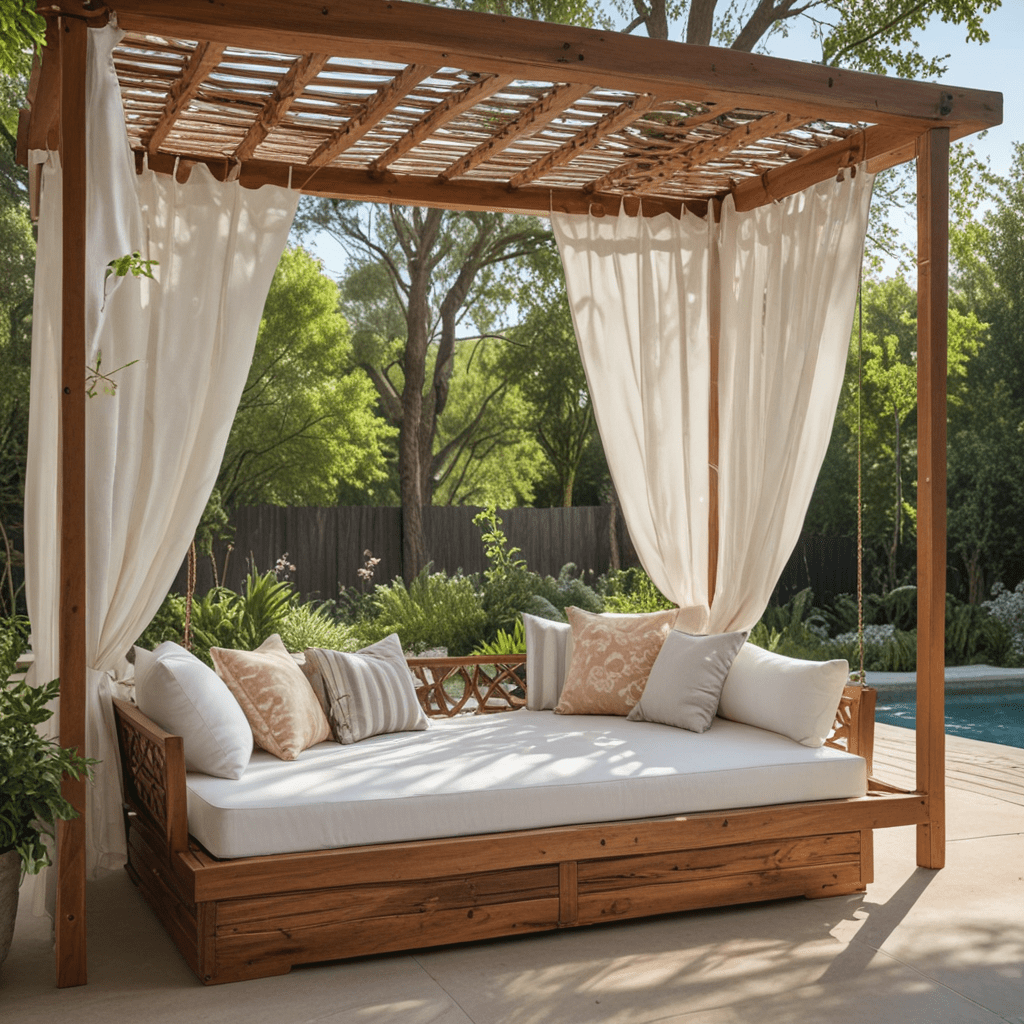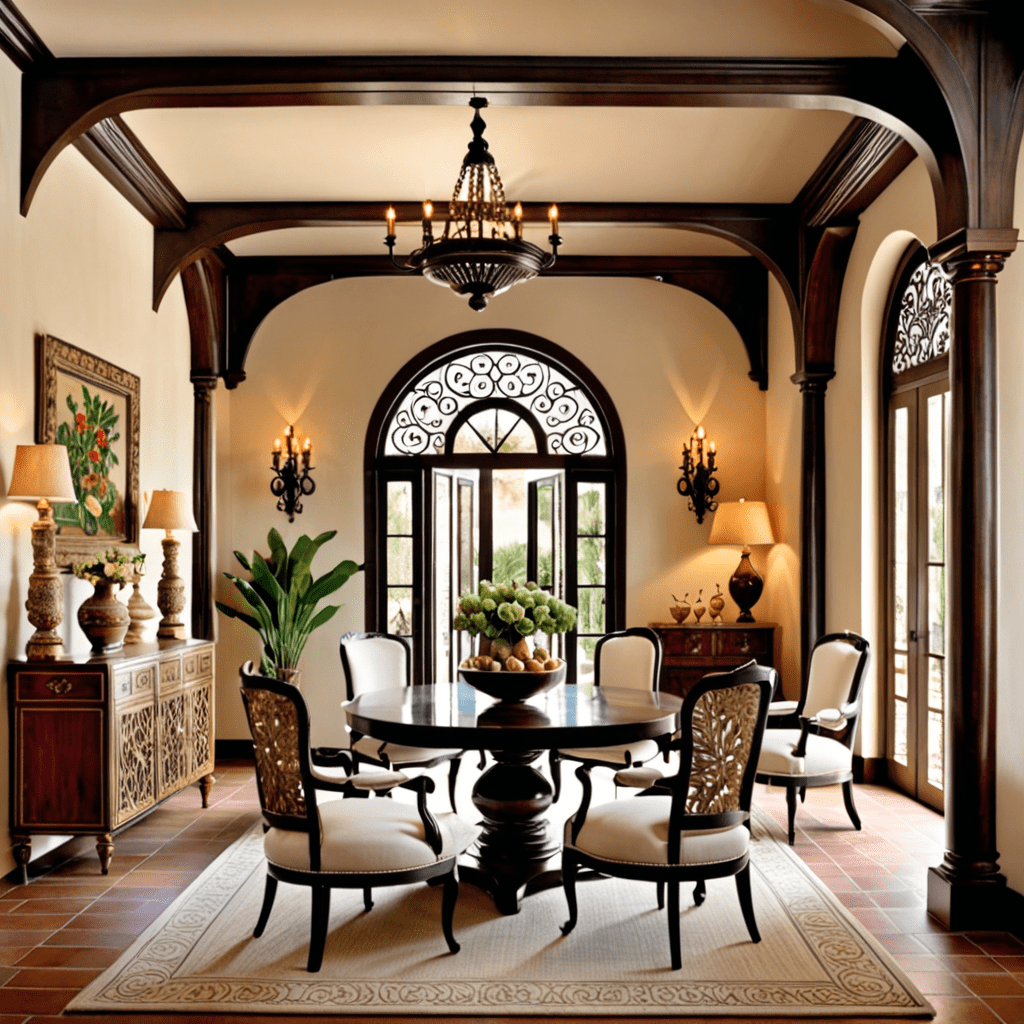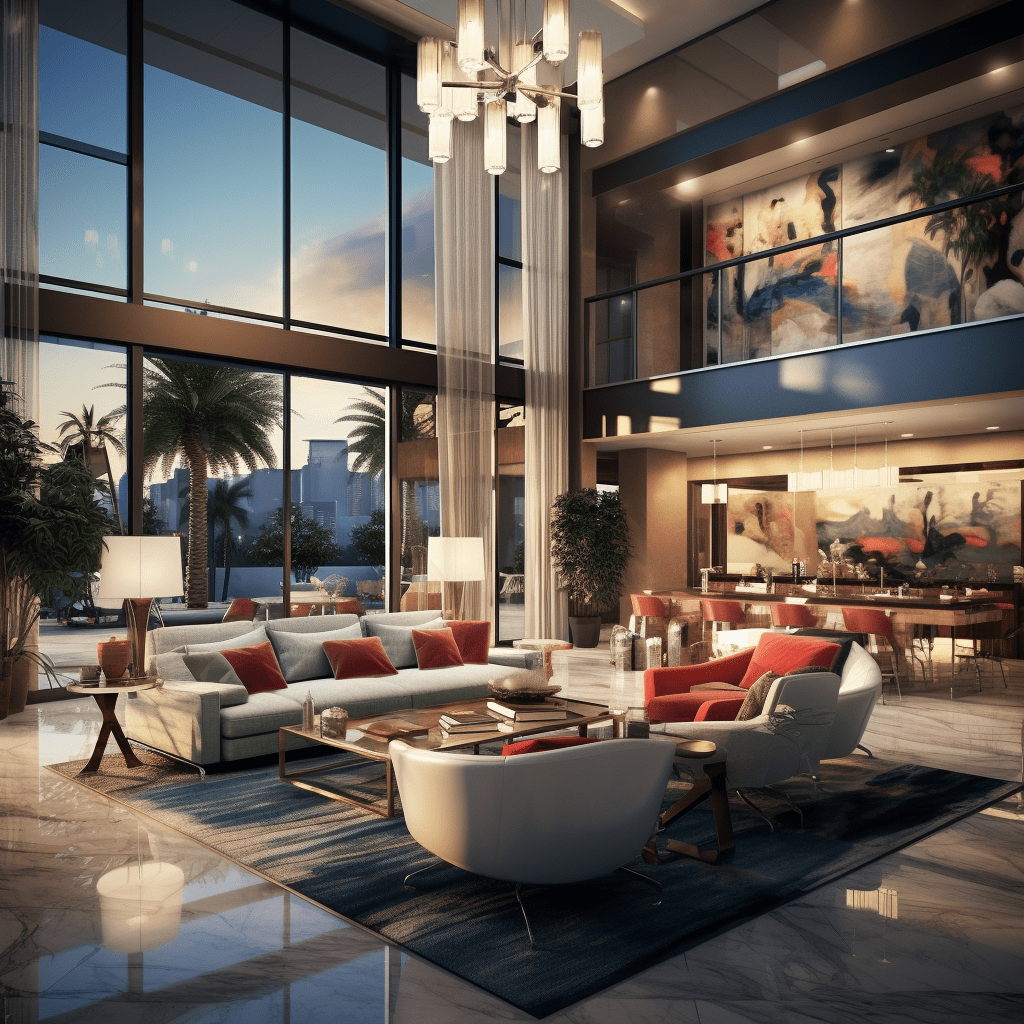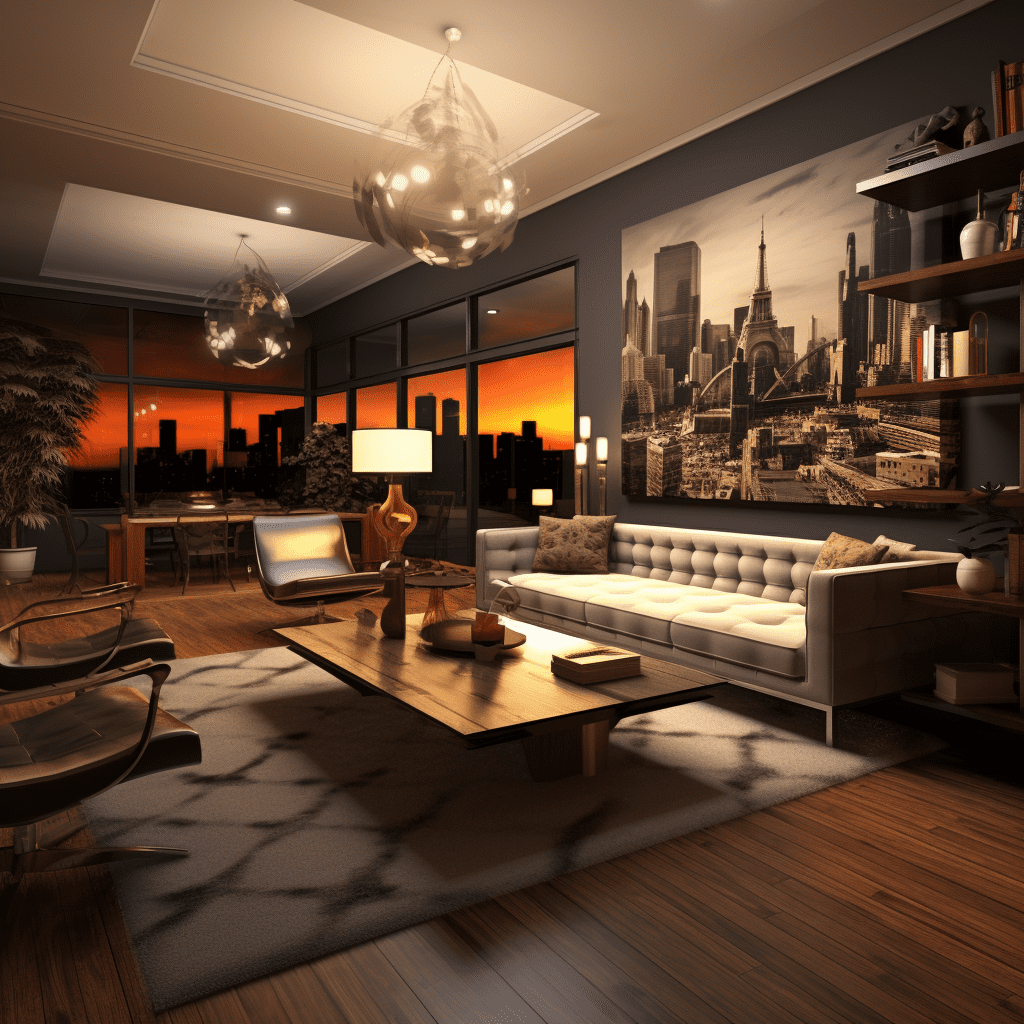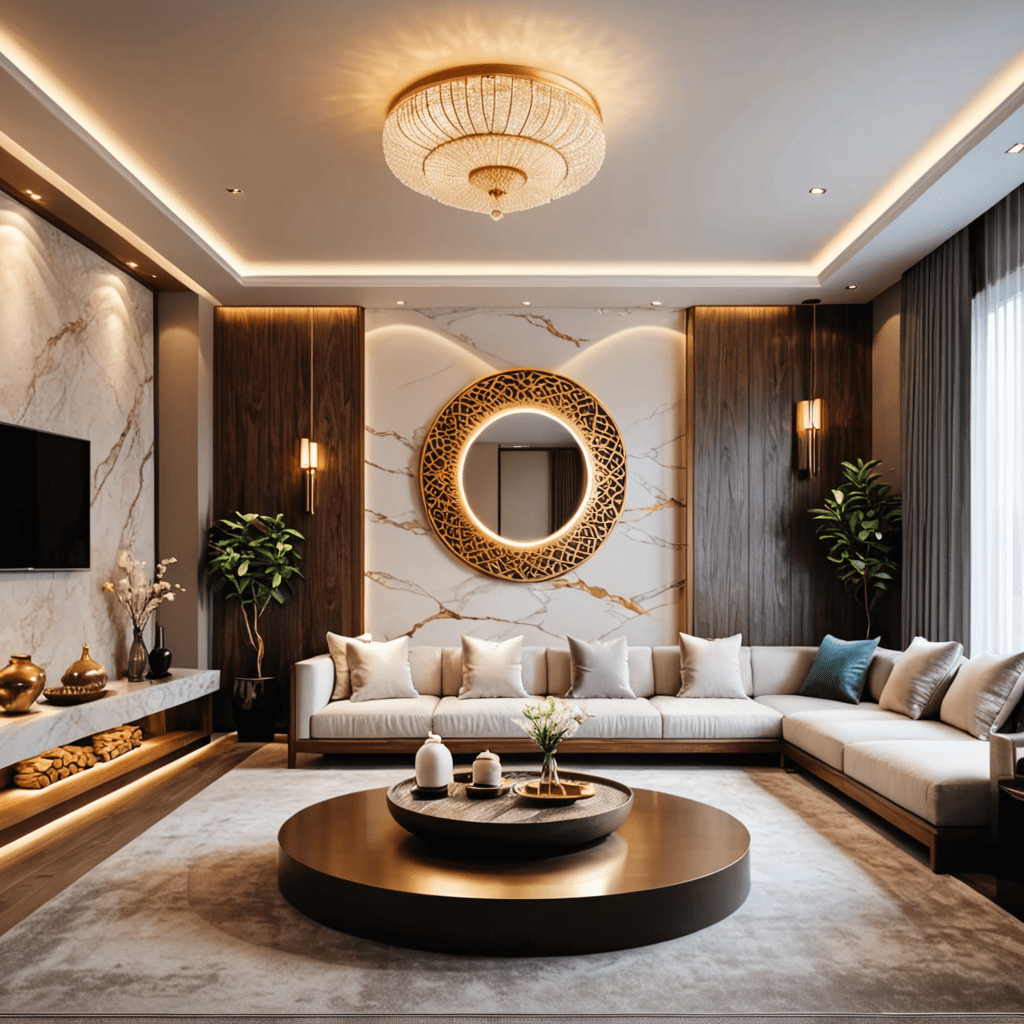Exploring the Nostalgic Charm of 2000s Interior Design Trends


Exploring the Nostalgic Charm of 2000s Interior Design Trends
Remember the early 2000s, when Myspace was the go-to social media platform and low-rise jeans were all the rage? Alongside these iconic trends, the 2000s brought us some memorable interior design styles that defined the era. In this article, we’ll take a trip down memory lane and explore the nostalgic charm of 2000s interior design trends. From bold colors to minimalist aesthetics, let’s dive in!
1. The Rise of Open Floor Plans
One major trend that emerged during the 2000s was the increasing popularity of open floor plans. This design concept involved removing walls that traditionally separated different areas of the home, such as the kitchen, dining room, and living room. The result was a spacious and fluid living space that promoted interaction and connectivity.
Open floor plans allowed for seamless entertaining, as hosts could engage with guests while preparing meals in the kitchen. They also provided a sense of airiness and made smaller spaces appear larger. The trend continues to influence modern home design, emphasizing the importance of communal living and multifunctional spaces.
2. Embracing the Minimalist Movement
The 2000s also marked a shift towards minimalist interior design. Inspired by the simplicity and clean lines of Scandinavian style, homeowners began opting for more streamlined and clutter-free spaces. The minimalist aesthetic favored neutral color palettes, unadorned walls, and uncluttered surfaces.
Furniture pieces with sleek profiles and monochromatic color schemes were popular choices. This minimalist approach created a calm and uncluttered atmosphere, enhancing the sense of spaciousness within the home. While the minimalist trend has evolved over time, its roots in the 2000s can still be seen in contemporary interior design.
3. Vibrant Colors and Accent Walls
In contrast to the minimalist movement, the early 2000s also saw a love for vibrant colors and bold expressions. Brightly painted accent walls became a popular way to inject personality and visual interest into a space. Deep reds, vibrant blues, and daring yellows were just a few of the popular choices.
This explosion of color helped homes feel more inviting and energetic. It provided a stark contrast to the neutral palettes of previous decades and allowed homeowners to showcase their individuality. While the color preferences have shifted since then, accent walls still play a role in modern interior design, albeit with more subdued and sophisticated choices.
4. Sleek and Shiny Surfaces
Reflective surfaces became a hallmark of 2000s interior design. From high-gloss countertops to glossy floors, homeowners embraced the sleek and shiny trend. These surfaces not only added a touch of luxury and sophistication but also helped maximize the natural light within a space.
Mirrored furniture, such as coffee tables and dressers, also gained popularity during this time. They created an illusion of spaciousness and added an element of glamor to living areas. While the trend of sleek and shiny surfaces has somewhat faded, a touch of reflective materials is still used today to add depth and visual interest to modern interiors.
5. Open Shelving and Displayed Collections
In the 2000s, open shelving and displayed collections became a popular way to showcase personal style and interests. Homeowners embraced the opportunity to display their favorite books, art pieces, and collectibles openly. This trend added a personal touch to interior spaces and made them feel more lived-in and curated.
Open shelving also provided practical storage solutions while allowing easy access to frequently used items. However, the trend towards open shelving has evolved in recent years, with a shift towards a more minimalist aesthetic and concealed storage options for a cleaner and less cluttered look.
6. Experimentation with Mixing Patterns and Textures
The 2000s encouraged experimentation when it came to mixing patterns and textures in interior design. From bold geometrics to floral prints, homeowners embraced the opportunity to layer different patterns within a space. Combining textures such as velvet, silk, and faux fur also became popular, adding depth and visual interest to furniture and decor pieces.
While today’s design trends lean towards a more cohesive and restrained approach, the playful mixing of patterns and textures from the 2000s still serves as inspiration for adding personality and uniqueness to modern interiors.
FAQ
Q: How can I incorporate 2000s interior design trends in my home today?
A: To incorporate 2000s interior design trends into your contemporary home, consider incorporating elements such as open floor plans, vibrant accent walls, and sleek surfaces. Remember to balance these nostalgic elements with more modern design principles to achieve a cohesive and updated look.
Q: Are there any 2000s interior design trends that should be avoided today?
A: While 2000s interior design trends can bring a nostalgic charm to a space, some elements may feel outdated in today’s design landscape. These include excessive use of vibrant colors, heavy patterns, and cluttered spaces. It’s important to strike a balance between incorporating nostalgic elements and maintaining a fresh, modern aesthetic.
Q: Where can I find inspiration for incorporating 2000s interior design trends?
A: Pinterest, interior design magazines, and online design communities can be great sources of inspiration when it comes to incorporating 2000s interior design trends into your home. Look for updated interpretations of these trends that blend nostalgic elements with contemporary design principles.
Embrace the nostalgia and charm of 2000s interior design trends as you update and personalize your space. By carefully selecting elements that reflect your style and preferences, you can create a home that feels both current and nostalgic—an homage to the beautiful design trends of the past.
